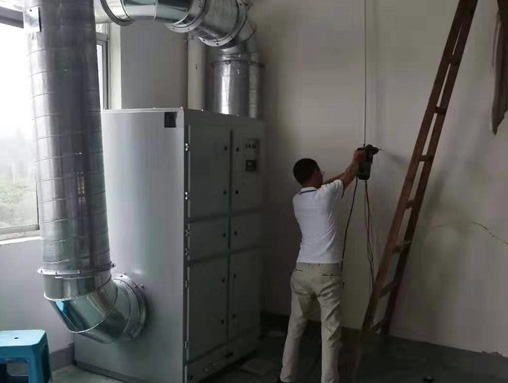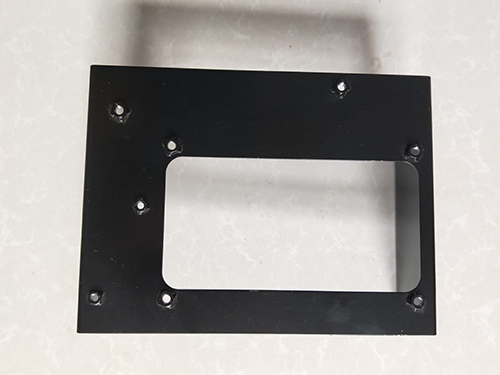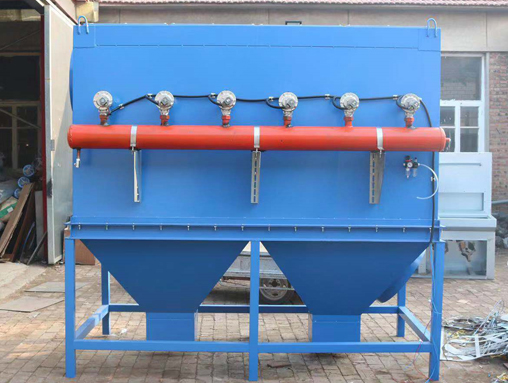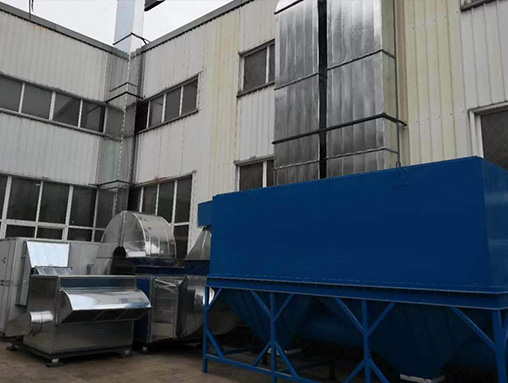The fixture function and forming performance of stamping parts
The stamping parts of the car body are not dispersed from each other. Their purpose is to form a white body that meets the design purpose and has good quality. To assemble the individual parts into a qualified white body, workers need to use fixtures to manipulate welding tongs in the welding plant. In this sense, automotive hardware stamping parts; In the trial production and production stages of a product, besides manpower, there are two main factors directly related to a qualified stamped part: fixtures and welding tongs. If an unqualified stamped part; When designed and produced, it will cause huge losses to a series of industries directly related to stamping parts, such as molds, fixtures, etc. Therefore, when designing stamping parts, designers should consider the direct correlation between stamping parts and fixtures, welding tongs, and try to avoid these problems as much as possible at the beginning of the design.
1. Fixture
The function of a fixture is to combine stamped parts together through a series of mechanical components such as pins, lifting surfaces, and clamping mechanisms, forming a qualified component or assembly that is consistent with the vehicle data. On the other hand, stamped parts should have a series of holes, surfaces, etc. that match the fixture. Therefore, when designing stamped parts, the layout of positioning holes and surfaces should be considered for rationality.
The arrangement of positioning holes and positioning surfaces is a problem that needs to be considered in both stamping part design and fixture design. Generally speaking, the arrangement of positioning holes and positioning surfaces requires continuity and consistency. Continuity refers to the need for positioning holes and surfaces when assembling several stamped parts into one component or assembling several components into one assembly. In other words, the welding process requires sustainability, which is determined by the positioning holes and surfaces; Consistency refers to using the same positioning holes and surfaces as much as possible for different workstations, that is, the positioning holes and surfaces of the same stamping part can be applied to different workstations. This is manifested in the following relationship on the actual vehicle: stamping part A and stamping part B are welded together through positioning holes 1 and 2 to form component 1, and component 1 and stamping part 3 are welded together to form assembly 1. Therefore, we hope to use the positioning holes 1 and 2 used when welding assembly 1, which is the consistency of positioning.
The design of stamped parts should consider the rationality of positioning holes and positioning surfaces, mainly in two aspects:
(1) Reasonably arrange positioning holes and surfaces. Usually, at least two positioning points are required on a metal stamping part for accurate welding, and for larger stamping parts, positioning is required. If the distance between two positioning holes is too large, the fixture may cause damage to the surface between the two positioning holes on the stamped part; If the distance between two positioning holes is too small, it will cause inaccurate positioning in other places, so it is necessary to design the layout of positioning holes on the stamped part reasonably.
(2) On the premise of meeting the positioning requirements, fewer positioning holes and surfaces should be arranged. Excessive positioning can cause confusion in positioning, inconsistent positioning, and difficulties in fixture design, which can also affect the production stage of the vehicle model. Therefore, the number of positioning should be reasonably arranged.
2. Welding tongs
The function of welding tongs is to firmly fix several stamped parts together to form a new component or assembly. Welding tongs are usually configured after all stamped parts have been finalized. However, designers should still consider the convenience of welding when designing stamped parts, that is, leaving enough space in the areas that need to be welded, so that workers can easily operate the welding tongs, avoiding situations where the space required for welding is too small or even non-existent, resulting in unreasonable design of stamped parts.
3. Cost
Any enterprise regards cost control as an important issue, aiming to minimize production costs while meeting the basic requirements of functionality, in order to win profits. Stamping part design is no exception. When designing stamping parts, designers should also consider cost issues from a long-term perspective. Generally, the success or failure of a stamping part is closely related to cost. If the manufacturing of a stamping part requires huge human and material resources, then the design of the stamping part is also unsuccessful.
Controlling the cost of stamping parts should first start from the materials used, that is, minimizing the materials used for stamping parts as much as possible, which can achieve the lightweight requirements of the vehicle body and save costs. Of course, reducing materials is achieved while meeting the requirements of shape and strength.
The method to save the cost of stamping parts is to reduce their stamping cost, that is, the cost of molds. The cost of stamping parts manufacturing is relatively high due to its mold cost. As long as its mold cost is reduced, its manufacturing cost will also decrease. Specifically, there are two main methods to reduce the cost of stamping parts on molds:
(1) To avoid the occurrence of too many small stamping parts, efforts should be made to gather the functions of several small stamping parts into one stamping part, so as to replace the original several stamping parts with one stamping part. Usually, one stamping part represents a set of molds. If there are too many small stamping parts, multiple sets of molds will appear. Even if the process of these small stamping parts is very simple, it will cause cost waste. Using one stamping part to replace several stamping parts is reflected in the cost by replacing the original multiple sets of molds with one mold, saving design and manufacturing costs.
(2) On the premise of meeting the requirements, the designed stamping parts require fewer stamping processes to manufacture, that is, to simplify the stamping parts as much as possible and avoid overly complex designs. Usually, multiple processes require multiple sets of molds. Therefore, like (1), both cost saving methods are achieved by saving the stamping cost (mold cost) of stamped parts, in order to control the cost of stamped parts. Unlike (1), the two methods have feasibility. For method one, after all, there are some small stamping parts that cannot be saved, and forcibly combining some small stamping parts into one will form a stamping part, which will incur costs. In contrast, the two methods appear simple and easy to implement. Therefore, the second method is one of the most commonly used methods by designers to solve cost problems.
Formability is a concern for designers of automotive stamping parts. If a stamping part cannot be stamped out, no matter how good its shape or strength is, it is an unqualified design. The formability we refer to here means that the stamped parts should not only be able to be stamped out, but also have good formability. The stamped parts produced according to the design should not have stamping defects such as wrinkling and cracking, that is, the designed stamped parts should have good formability and meet the requirements of stamping and design.
The formability analysis of stamped parts will be elaborated in detail in the following text, and will not be repeated here. In summary, a qualified stamping part design should first meet the needs of the vehicle body and its own functions. Secondly, it should have a beautiful appearance, good strength, good positioning, relatively low cost, and good stamping and formability.







